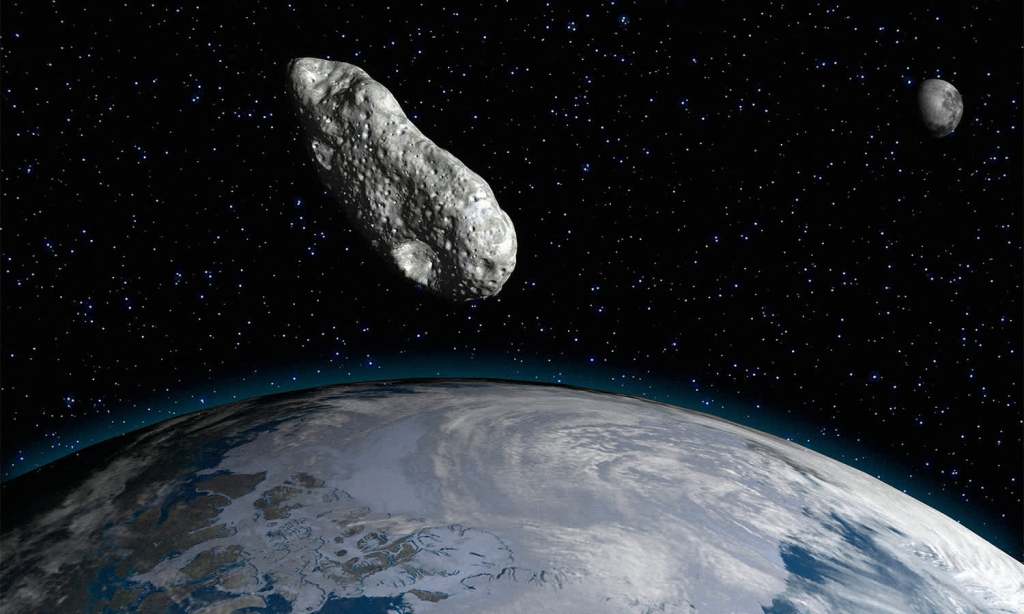In case you haven’t heard, NASA is ripping off the plot of the 1998 film Armageddon, and, to a lesser extent, the plot of the film Deep Impact, also from 1998, and setting out to blow up an asteroid.
Don’t head to your underground bunker just yet, the asteroid is not on a collision course with the planet. This is more of a training programme to see if it’s possible to alter the trajectory of an asteroid in space in an effort to prepare for future impacts if they were to arise.
On Wednesday, NASA will launch it’s Double Asteroid Redirection Test or ‘DART’ mission in humanities first attempt to reroute a huge space rock. If successful, the test could could form the basis of a planetary defence system that would protect humanity from going out like the dinosaurs did.
The mission will test a raft of new technologies, including NASA’s Evolutionary Xenon Thruster or ‘NEXT’ prolusion system as well as Roll Out Solar Arrays or ‘ROSA’ solar arrays. Together, the technology will provide three times more power than conventional solar arrays and, with the new demonstration of NASA’s ion thrusters, could mark a new chapter in space transportation and exploration.
The DART spacecraft is programmed to slam a payload directly into the Dimophos asteroid, a 163-metre wide rock orbiting a larger asteroid called Didymos, both of which occasionally pass Earth at a distance of 6.8 million miles. DART will launch from a base in California aboard one of SpaceX‘s Falcon 9 rockets and is expected to hit Dimorphos with a smaller spacecraft sometime between September 26 and October 1 next year.
The plan is to push the smaller asteroid closer to the orbit of the larger one, changing its speed by a fraction of a percentage. If this works, it could give us a better understanding of asteroid physics and how they might best be redirected, should the need arise to move one out of the path of our planet.
Will DART Actually Work?
While scientists aren’t certain that the plan will work, they are quietly confident. The Director of the National Near Earth Objects Information Centre, Jay Tate, has said that “This is the first step to actually trial a way of preventing near-Earth object impact.”
“If it works, it would be a big deal, because it would prove that we have the technical capability of protecting ourselves.”
However, just because you can move one asteroid, that doesn’t mean you can move them all. As NASA has explained, it is not worried about asteroids and other space objects colliding with Earth that they can see. It’s the ones they can’t see that have them worried. So far, the US space agency has said that no asteroid the size of Dimorphos or larger has any chance of hitting the planet in the next century.
However, earlier this month, an asteroid roughly the size of a typical refrigerator whizzed past Earth a little too close for comfort. The scary part is that no one knew it was there until four hours after it had gone by. Thankfully, something that size is too small to cause any real damage, but it just goes to show that surprise incoming space rocks can and do catch us off guard.
According to Tate, NASA will need to trial a few different methods of asteroid deflection before they can confidently shield the Earth from impact.
“No two asteroids or comets are alike, and how you deflect one depends on a huge number of variables: what’s the thing’s made of, how it’s put together, how fast it’s spinning, and of course how much time you’ve got,” he said.
Let’s hope Dimorphos doesn’t end up like the one in Deep Impact, splitting into two and slamming into the planet, although NASA has assured everyone that there is no chance of that happening.
The DART launch will be live-streamed on NASA’s YouTube channel, which you can watch here. Coverage will start at 4:30pm AEDT on Wednesday, November 24.
Read more stories from The Latch and subscribe to our email newsletter.







